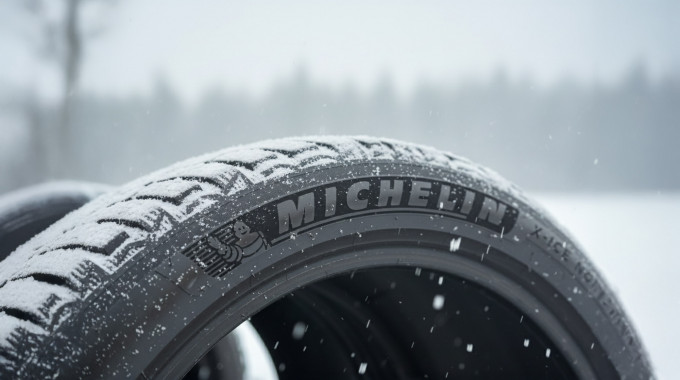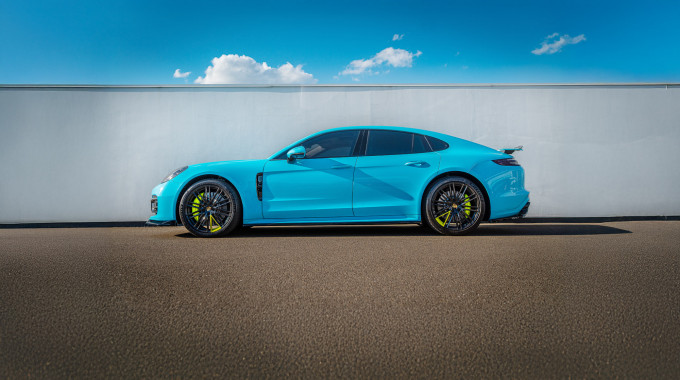
A Simple Guide To Drivetrains: AWD vs. 4WD vs. FWD vs. RWD
If you’re on the hunt for a new or pre-owned car or truck, you’re likely doing some comparison shopping. This can be a lot of fun as you daydream about your new ride but it can also raise some big technical questions, especially if you’re not an auto buff.
One of the most common car tech questions our teams get asked is “What’s the difference between FWD, RWD, AWD, and 4WD?” Sure, you might think you know the basics of each but when you’re choosing your new ride it’s important to understand how each type of drivetrain operates and the advantages it offers.
If you don’t know the difference between AWD and 4WD, or FWD vs AWD, here’s a super simple guide to get you up to speed.
Drivetrains 101
Before you start reading about the differences between FWD, RWD, AWD, and 4WD, it’s helpful to start with a quick word about drivetrains.
The drivetrain isn’t any one part or component in a vehicle, it’s actually a series of components that transfer power from the engine or motor to the driving wheels—the wheels that actually rotate the axle in order to move the vehicle.
The difference between FWD, RWD, AWD, and 4WD vehicles lies in how their drivetrains deliver power to the driving wheels.
Front-Wheel Drive (FWD)

In FWD vehicles the drivetrain delivers power from the engine to the front wheels, while no power is delivered to the rear axle. The majority of vehicles available today have a FWD drivetrain, including sedans, SUVs, and crossover SUVs.
With the front wheels pulling all of the car’s weight, FWD vehicles are good all-around options that tend to offer better fuel economy than their RWD, AWD, and 4WD counterparts. They also perform well in slippery conditions and when climbing hills.
FWD drivetrains are also the most cost-effective to manufacture, so they tend to be cheaper than RWD, AWD, and 4WD options.
Rear-Wheel Drive (RWD)

In RWD vehicles the drivetrain delivers power from the engine to the rear wheels, while the front wheels only provide steering. Until the 1970’s RWD vehicles were the most common as there was no cost-effective way for the front wheels to both steer and rotate the front axle.
Today, most RWD vehicles available are performance cars and pickup trucks. Because the weight is more evenly distributed with a RWD drivetrain, they tend to provide better handling, although not in slippery conditions.
RWD systems also offer high towing and payload capacities, which is why they’re so often found in high-end pick-up trucks.
All-Wheel Drive (AWD)

Whereas FWD and RWD systems only send power to either the front or rear axles, AWD drivetrains can send power to both axles simultaneously, depending on driving conditions. This means all four wheels in an AWD system can be engaged at once if and when necessary.
In some AWD vehicles, the AWD system can be turned on or off. In others, it’s always on. When it’s on, the AWD system directs power to the front and rear axles as it senses traction loss. For instance, if it senses some traction loss in the front axle it will send more power to the rear axle to compensate.
Very popular for the winter season, AWD vehicles are ideal if you’re commonly driving in areas where road conditions aren’t the greatest, or if you do some light off-roading.
Four-Wheel Drive (4WD)

When it comes to AWD vs. 4WD vehicles there can be a lot of confusion, but there’s a simple difference. Unlike AWD systems, when a 4WD system is turned on, it sends equal power to both axles, regardless of traction or conditions.
4WD drivetrains are designed for extreme off-roading, such as canyoneering, scaling boulders, and climbing steep hills. In most cases, the 4WD system can be turned off when it’s not needed, as driving in 4WD mode on smooth pavement can actually damage the drivetrain.
Not surprisingly, you typically find 4WD systems in off-roading jeeps and trucks that are designed to handle tough conditions, variable terrain, and uneven surfaces.
Which drivetrain type should you buy?
Now that you know the basics about the difference between FWD, RWD, AWD, and 4WD, ask yourself which type of drivetrain you think makes the most sense for you. Each one offers unique benefits so understanding your needs can help you hone your search.
What conditions do you typically drive in? Will you just be using it to commute or will you need to haul heavy loads routinely? Would you rather save some money on a FWD model, or spend a little more for an AWD option?
If you still don’t know for sure which type of drivetrain you think you need, it can help to start browsing listings of vehicles to see what’s available at what price ranges.
Start your search at Canada Drives
With Canada Drives you can get pre-approved for your car loan online in minutes. We'll connect you with a local dealership partner who will show you all the vehicle options you qualify for. You just pick the one you want and drive away.
It's by far the easiest way to buy a car in Canada!







